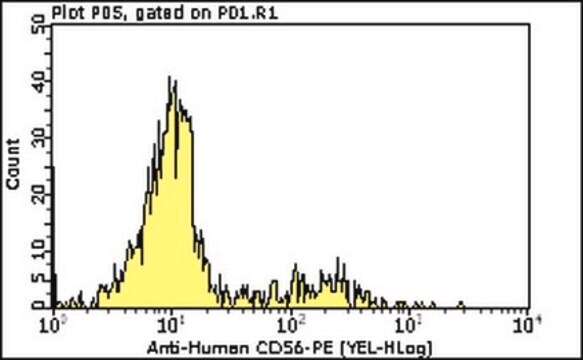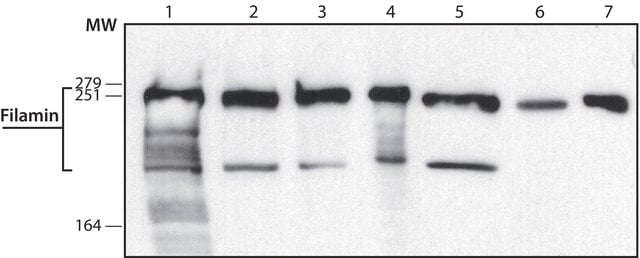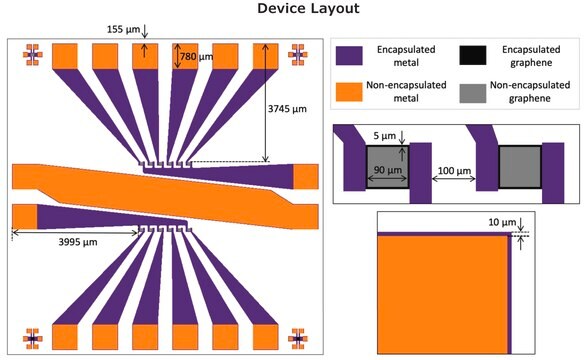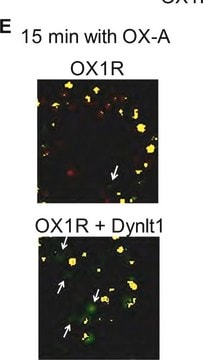F5027
Monoclonal Anti-IgD−FITC antibody produced in mouse
clone HJ9, purified immunoglobulin, buffered aqueous solution
Sinónimos:
Monoclonal Anti-Human IgD
About This Item
Productos recomendados
origen biológico
mouse
conjugado
FITC conjugate
forma del anticuerpo
purified immunoglobulin
tipo de anticuerpo
secondary antibodies
clon
HJ9, monoclonal
Formulario
buffered aqueous solution
reactividad de especies
human
técnicas
flow cytometry: 10 μL using 1 × 106 cells
isotipo
IgG1
Nº de acceso UniProt
Condiciones de envío
wet ice
temp. de almacenamiento
2-8°C
modificación del objetivo postraduccional
unmodified
Información sobre el gen
human ... IGHD(3495)
¿Está buscando productos similares? Visita Guía de comparación de productos
Especificidad
Inmunógeno
Aplicación
Acciones bioquímicas o fisiológicas
Otras notas
Forma física
Nota de preparación
Cláusula de descargo de responsabilidad
¿No encuentra el producto adecuado?
Pruebe nuestro Herramienta de selección de productos.
Elija entre una de las versiones más recientes:
Certificados de análisis (COA)
¿No ve la versión correcta?
Si necesita una versión concreta, puede buscar un certificado específico por el número de lote.
¿Ya tiene este producto?
Encuentre la documentación para los productos que ha comprado recientemente en la Biblioteca de documentos.
Nuestro equipo de científicos tiene experiencia en todas las áreas de investigación: Ciencias de la vida, Ciencia de los materiales, Síntesis química, Cromatografía, Analítica y muchas otras.
Póngase en contacto con el Servicio técnico








